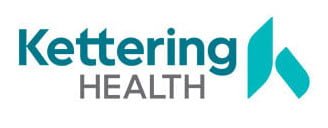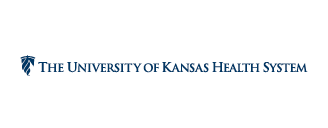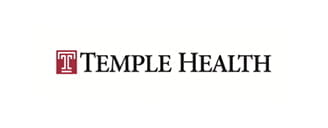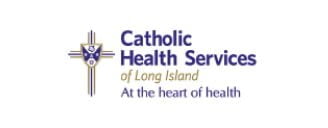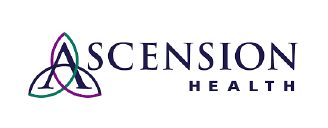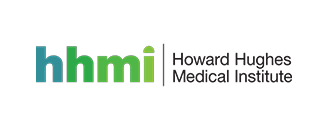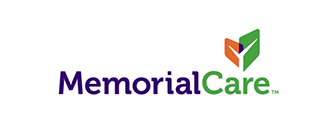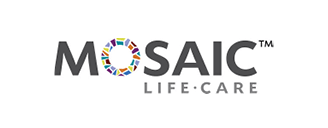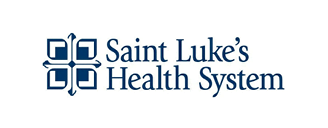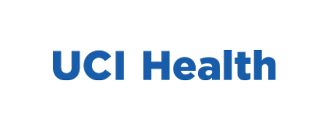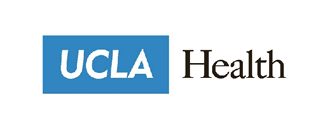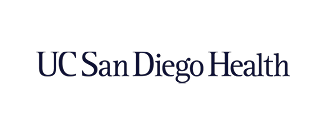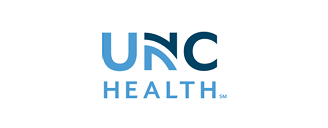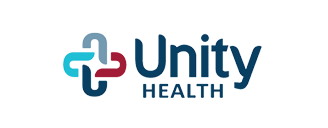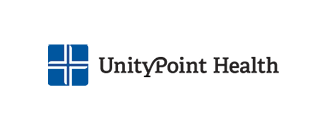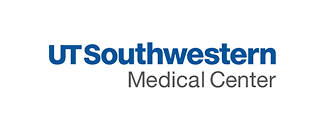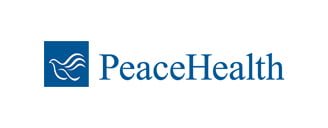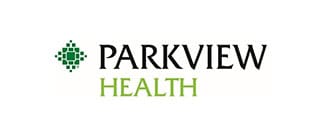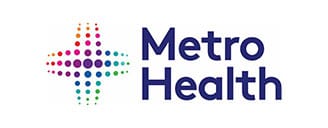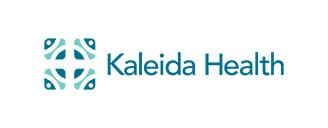The Pandemic Ended but Pain Remains for Healthcare Supply Chains
The pandemic may be over, but healthcare supply chain challenges are not. In fact, healthcare supply chains aren’t going back to “normal” anytime soon.
The World Health Organization in May declared an end to the pandemic after more than two years. It’s a welcome relief to the industry, although inflation, labor constraints, raw material shortages, and international disruptions continually make it difficult to get medical supplies and pharmaceuticals when and where they’re needed.
Things may even worsen after the pandemic, says one government official with the FDA’s Center for Devices and Radiological Health (CDRH).
“We’ve seen these before COVID, and we’re continuing to see these moving into the future,” Tammy Beckham, associate director for the CDRH’s Resilient Supply Chain Program, said at the 2023 MedCon conference. “Many of the issues we’re facing are becoming much more complex and more systemic.”
These behind-the-scenes problems have very real ripple effects in the healthcare system. An inefficiently run operating room can lead to procedure cancellations, long waiting lists, and readmissions. Specialty pharmacies risk patient leakage if they’re not getting the meds their physicians want and shipping them accurately and quickly.
Consider the supply chain effects outlined in KaufmanHall’s 2022 State of Healthcare report:
- Only 9% of respondents said they have not experienced any disruptions
- 71% are experiencing distribution delays
- 58% are encountering issues with raw product and sourcing availability
- 50% report problems with reliance on non-domestic suppliers
In our 2020 survey, we found that when the supply chain is weak or broken and visibility is poor, more than 60% of clinicians are tracking packages and contacting suppliers regarding shipping status, which means they are doing the work of the supply chain rather than operating at the top of their license.
It could be years before some of these systemic challenges subside, but hospital systems and pharmacies don’t have to sit idly by and wait for smooth sailing.
How to navigate the post-pandemic healthcare supply chain challenges:
PRIORITIZE
The most proactive organizations set a high organizational commitment and view supply chain resilience as a foundational competitive advantage. Supply chain leaders should have C-level responsibilities and, in particular, stronger ties with their organization’s CFO.
COMMUNICATE
Build a proactive supply chain disruption communication plan for your health system. That means reaching out to suppliers, identifying substitutes, creating a data-driven collaborative planning and execution model, and stockpiling a critical supply of life-saving PPE. Working closely with supply chain vendors is key to understanding and managing disruptions and can help mitigate their impact.
CONTROL COSTS
Health systems need to find ways to control costs where they can and optimize revenue-generating areas like the OR and specialty pharmacy.
EMBRACE TECHNOLOGY
Many organizations are addressing supply chain challenges by employing technology as part of a more holistic approach. Automation helps reduce mundane tasks and data-entry mistakes. Insights supported by data allow for smarter decisions. Cloud-based solutions can optimize shipping processes, track products, and monitor performance for both inbound and outbound.
FOCUS ON STANDARDIZATION
Ensure timely delivery of supplies to multiple sites by standardizing supplies, improving logistics, and automating inventory tracking systems. Providers should take control of their supply chains by using automation and cloud-based solutions that will enable them to forecast and plan to avoid out-of-stock situations.
For its part, the CDRH says it will be more proactive by working with trade organizations, healthcare systems, distributors, and other stakeholders on the issue.
In the meantime, steps can be taken to mitigate the effects of continuing supply chain challenges.
Options for support are available to healthcare organizations for post-pandemic supply chain operations
Until 2020, hospitals focused their freight management and shipping on efficiency. Now, it’s all about effectiveness, ensuring you receive the necessary products at the right place and time. It’s never been more important to align healthcare supply chain logistics with clinical care activity.
By prioritizing resilience, communication, cost control, embracing technology, and standardization, healthcare providers will ultimately better serve the most important stakeholder: patients.
Only VPL offers a smart healthcare supply chain platform that helps health systems gain control and visibility while reducing costs. With freight management as our entry point, we leverage freight data to create the real-time visibility necessary to see critical product as it moves from vendor to point of patient care. This visibility extends beyond inbound freight management into outbound shipping, including clinical workflows for growing specialty pharmacy and healthcare-at-home needs. The data feeds our industry-leading analytics dashboard which empowers teams to continuously improve performance across carriers and suppliers.
To learn more about how VPL is supporting post-pandemic healthcare supply chain challenges, book a demo.
